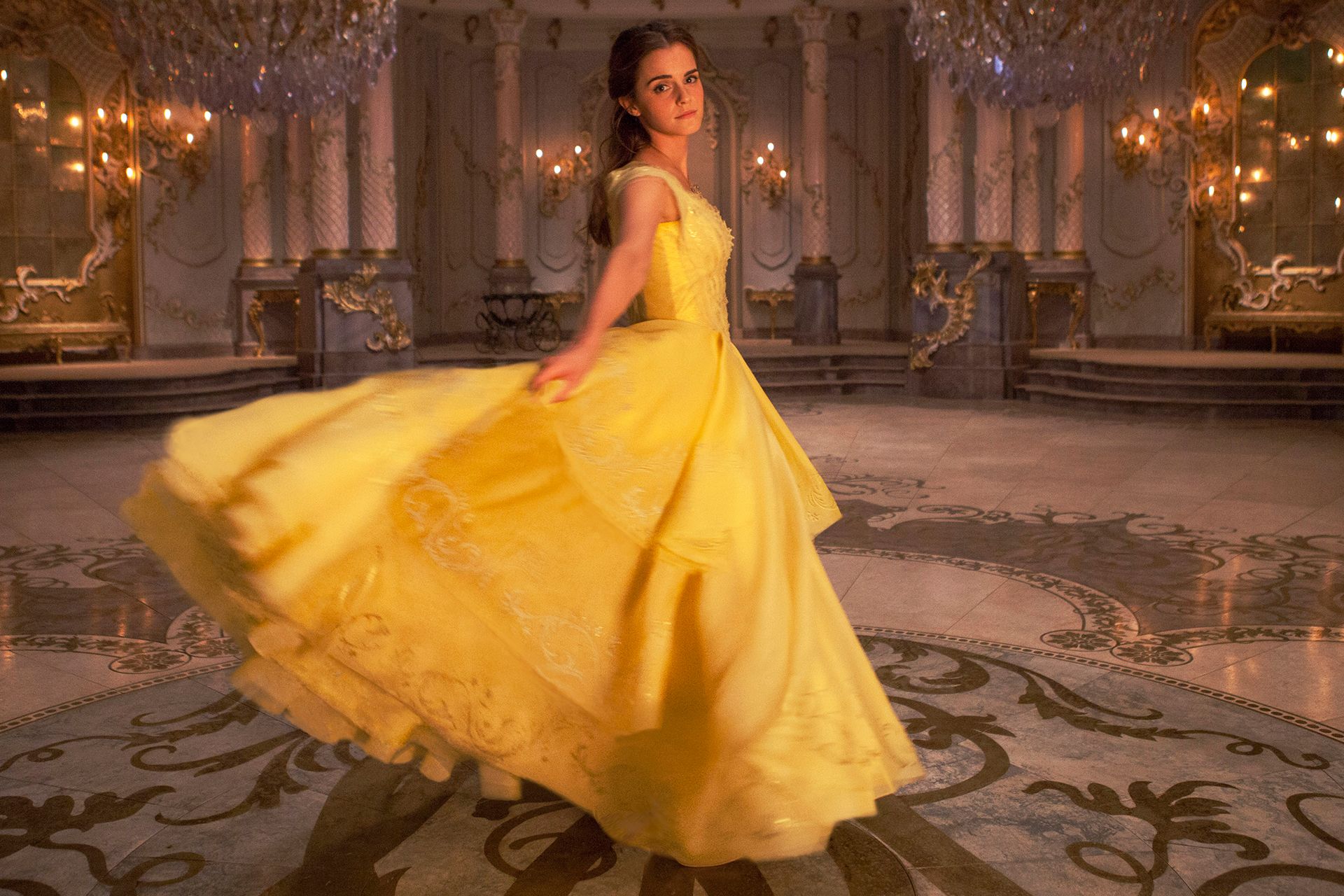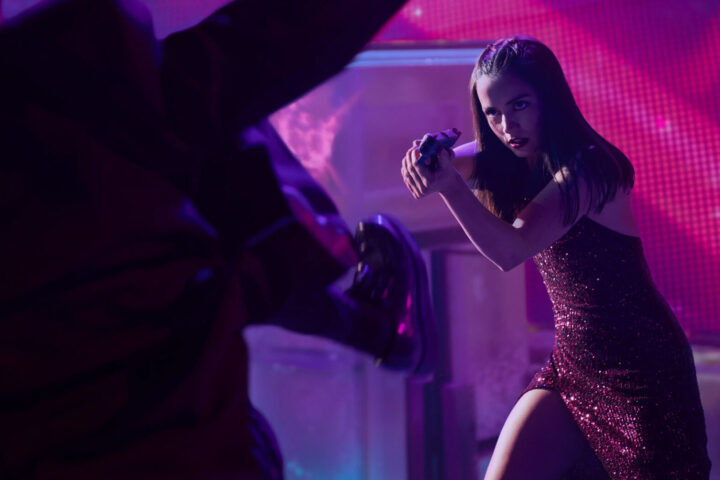Magical and transporting, Bill Condon’s live-action adaptation of the famous “tale as old as time” is a complete success on all counts. Beauty and the Beast looks great, sounds great and generates real enchantment. What’s not to like?
It’s been 26-years since Disney’s now legendary version became the first animated film to snag a Best Picture Oscar nod, and as beloved properties go, there isn’t a Disney score as fondly ensconced in our consciousness, nor one as affectionate.
What’s different in this version? About forty minutes of additional material and three new songs, giving the film both a more intimate understanding of the characters and providing a more epic sense of romance with additional time for its plucky heroine to grow closer to her unlikely paramour, a tougher sell in live-action than animation and one believably delivered by a radiant Emma Watson as Belle, the brainiest of Disney heroines, and Dan Stevens, as the beating heart beneath a largely motion-capture character.
Right from the opening number the picture generates a vibe of warmth and a confidence in technique, expertly staged and edited as bookish Belle makes her way around the mountain village folk, who regard her as a curiosity in a place where young ladies have one purpose—to be rescued by a man. Watson, in fine voice and real presence, carouses the narrow streets with a forthrightness germane to most Disney heroines today, but with a real sense of longing as well.
The plot is, by now, well-known—smart girl in a small French mountain village must rescue her father (Kevin Kline), locked up in a castle deep in the forest. Its owner, the Beast, was once a dashing prince who by a crone’s spell has been transformed into a would-be monstrous creature. After Belle comes to dad’s rescue, the Beast agrees to let her trade places, and the rest is (movie) history as the unlikely pair grow from animosity to affection.
Director Condon’s picture also fleshes out the townsfolk and does well with the extended cast of actors—Emma Thompson, Ian McKellan, Ewan McGregor, Audra McDonald, Stanley Tucci and Gugu Mbatha-Raw—voicing the winning Mrs. Potts, Cogsworth, Lumiere, Madame Garderobe, Maestro Cadenza and Plumette. But most impressive is Watson, an uncommonly direct actress without a trace of pushiness or overconfidence, and who never forces emotions until she actual feels them.
It also has a strong-voiced, on-the-mark Luke Evans as snarling, would-be suitor Gaston and a very funny Josh Gad as a lovesick—for his buddy—Le Fou, who gets the movies funniest lines (“People say I’m clingy. I don’t get it.”) and the Book of Mormon star knows his way around a musical number, most notably his ode to his secret love’s virility.
Technical credits across the line are superb, but special credit should be given to editor Virginia Katz for the superbly assembled Be Our Guest, which incorporates a Busby Berkley moment and wholly convincing integration of CGI and reality, and whips the movie up into joyous delirium, also owing debt to Ewan MacGregor, proving Moulin Rouge was no fluke.
The seamlessness of the computer generation and motion capture was obviously painstaking, and it shows. Packs of silver wolves are convincingly menacing, Escher-esque castle byways beautifully byzantine and, most importantly, the Beast’s emoting is affecting beneath his furry visage.
By the time the picture gets to its lavish, emotionally generous final scenes, Condon and company have lifted us to a level of elation and elan rare in movies today, and Beauty and the Beast, with its headstrong Belle determined not to be a princess—defiantly so—is one of the most endearing movies ages.
3 1/2 stars.



